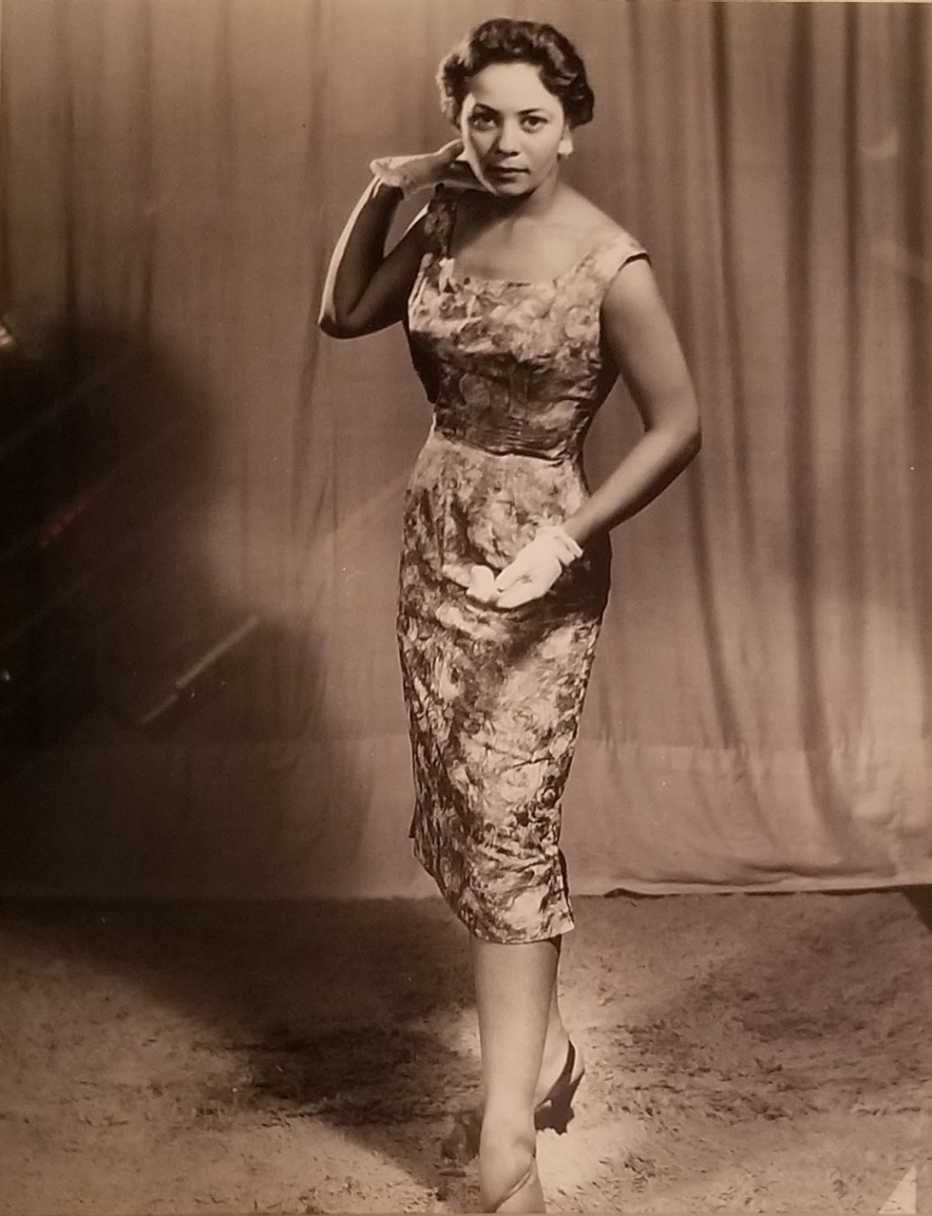AARP Hearing Center




Nina Brown, 87, is feisty and always has been. She chats up everyone around her, won't put up with nonsense and is quick to share an opinion or dole out orders. It's why her son Michael, who used to care for her in his home, calls her “the mayor of her facility.”
Nina has lived at Crofton Care & Rehabilitation Center, in Crofton, Maryland, for 3 1/2 years. She's a two-time cancer survivor with various chronic conditions. Her declining mobility necessitated the move to a nursing home when it became clear that her 57-year-old son couldn't give her all the care she needed. The facility, located just west of Annapolis, has a five-star rating from Medicare and has been recognized by Newsweek as the second-best nursing home in Maryland.
But as Michael has learned, coronavirus doesn't care about nursing home ratings. He first learned the pandemic entered Crofton Care not from anyone official but from his mother. A magnet for intel, she phoned to tell him that two physical therapists had tested positive. He's always been happy with the staff and clinical care, but says the lapse in communication from the home's higher-ups raised concerns.
Michael, an attorney, says he began leaning on administrators for information, arguing that he shouldn't have to rely on his mother to tell him what's going on and that they have “an ethical and moral obligation to let every family know that there are cases in the center.” Since then, he says, their communication — while not perfect — has improved. He now gets emails whenever there's a new case.
There have been 78 cases among residents, with 14 deaths, and 26 more positive cases among staff, according to the latest data from the Maryland Department of Health.

































































More From AARP
The Worth of Family Caregivers
Unpaid care at home is still undervalued, an AARP study finds
She Watched Mom Decline Through a Nursing Home Window
Alison Lolley is on a mission to change the long-term care industry10 COVID-19 Questions to Ask a Nursing Home
Guidance for caregivers during the COVID-19 pandemic